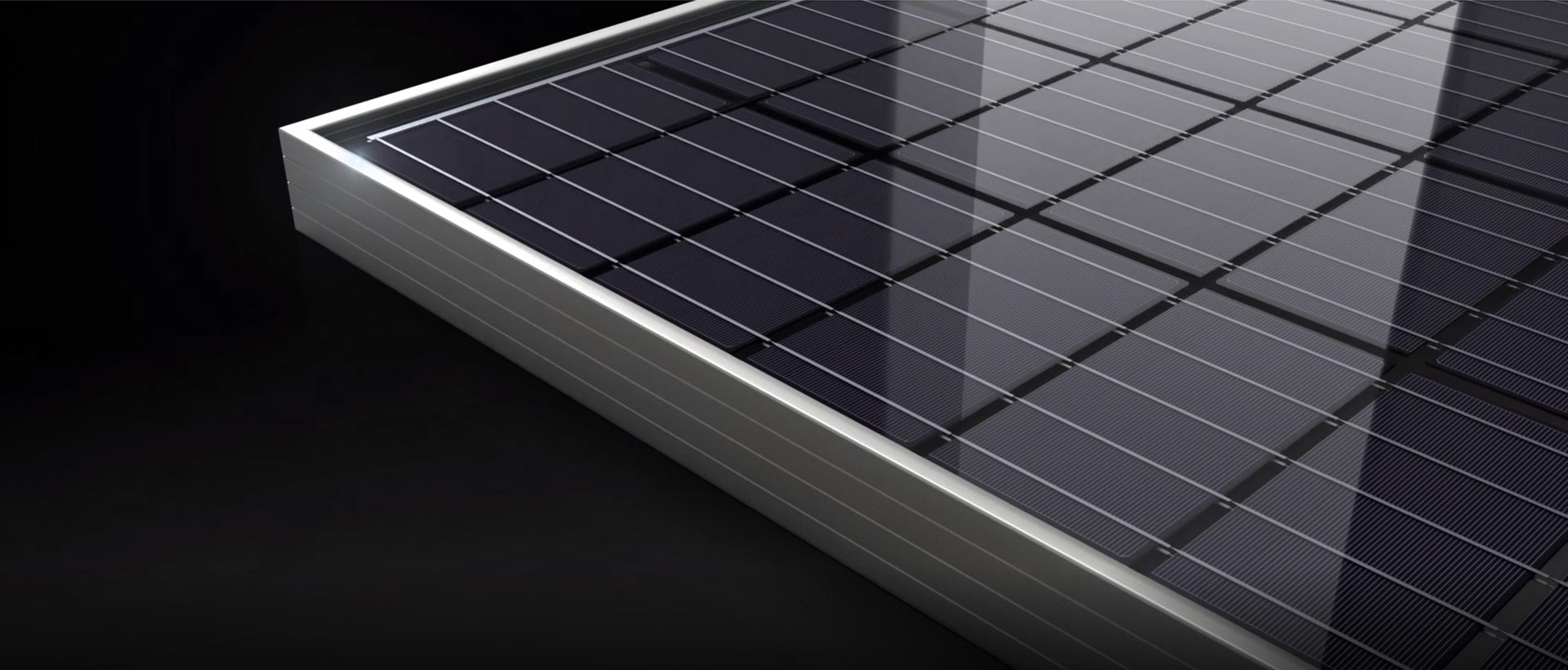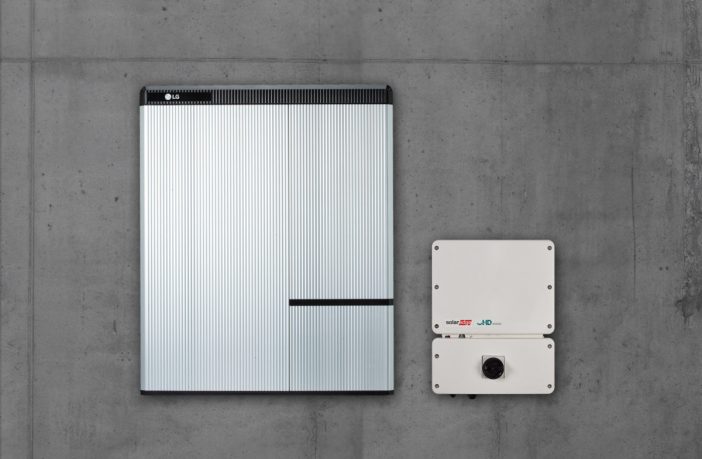- Researchers from the University of Stellenbosch argue that installing inverters without solar panels increases the load on Eskom, outside of loadshedding periods, as the batteries charge when power from the grid is restored.
- This counteracts the state-owned energy utility’s attempt to manage the grid’s stability through the demand management technique of load shedding.
The Authors of the paper are Michael J. Ritchie, Jacobus A.A. Engelbrecht and Marthinus J. Booysen from the Department of Electrical and Electronic Engineering and the Department of Industrial Engineering, Stellenbosch University, Stellenbosch, South Africa.
Background
The lack of energy security in South Africa has resulted in the occurrence of rolling blackouts for, as of 2023, 15 years. This is due to the unreliability of Eskom, the country’s main supplier of electricity to the grid, to prevent the energy crisis caused by a lack of supply from its fleet of coal-fuelled power stations. Some of the most fundamental factors that have led to the current state of electricity generation are the lack of investment in new generation capacity since 1998, a revenue shortfall from not having permittance for cost-reflective tariffs, a backlog of older Eskom plants, mismanagement, and operating at a higher-than-benchmarked energy utilisation factor.
If the power demand exceeds supply, the generators struggle to keep up and may be required to be disconnected, resulting in a further deficit of supply and increasing the risk of grid collapse and a total blackout for an extended period of potentially 2 weeks.
There are two solutions to the problem: demand management and increased supply. While the latter is time-consuming and capital-intensive, planned power cuts, termed load shedding, are the preferred option to reduce demand. Each stage of load shedding reduces the total energy demand by 1 Gigawatt (GW).

JinkoSolar’s Tiger Neo N-Type TOPCon solar panel range sets itself apart from its competitors with increased efficiency and perfromance. It is arguably the best solar panel on the market at the moment. Image credit: JinkoSolar
The installation of home power backup systems, i.e. inverters and batteries or generators, is an increasingly popular solution to reduce the impact of power cuts for South African users. Domestic users tend to install hybrid inverters with batteries to keep the lights on during load shedding. Although a lithium battery with a capacity of 5 kWh can theoretically supply 5 kW for an hour, reducing the state of charge below 20% diminishes its capacity and causes it to age faster. Solar panels can augment the electricity supply by generating electricity directly to the household and storing excess energy in batteries, while exporting excess electricity to the grid, if the installation allows it.
Because of the additional cost of solar supply and getting approval for it, many users may opt to install only battery backups and inverters. However, installing inverters without solar panels increases the load on Eskom, outside of loadshedding periods, as the batteries charge when power from the grid is restored. This counteracts the utility’s (Eskom’s) attempt to manage the grid’s stability through the demand management technique of load shedding.
Findings
They assessed the impact of domestic users installing battery backup solutions without solar and evaluated the impact of doing so for different penetration levels of such systems into the domestic market. The results show that with a mere 15% penetration, the intended effect of load shedding will be curtailed by just over 60% in summer and just over 70% in winter when considering the whole day’s curtailment.
They conclude that the impact of allowing users to charge at 0.5 C (half the battery capacity equivalent), without solar augmentation, will have a dramatic impact on the domestic load, even with only 15% penetration. It is therefore imperative that charging batteries from the grid is restricted to protect the potency of load shedding as a grid-balancing tool. The default charge rate on inverters can be as high as 1 C (e.g. 5 kW for a 5 kWh battery). They recommend that the charging rate of battery backup solutions is restricted to 0.15 C (for example 0.75 kW for a 5 kWh battery) to prevent the high curtailment after a zone is switched on. This lower charge rate should be ample to recharge the battery between bouts of load shedding.
Link to the full paper HERE
Author: Bryan Groenendaal
Published under a Creative Commons Attribution Licence.
















